Party Congress opens
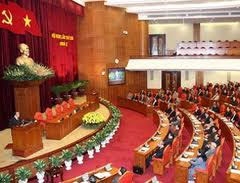 Themed “Continuing the Party’s leadership and fighting capacity, upholding national strength, comprehensively spurring the renovation and laying the foundations for Vietnam to become a modern industrialised country by 2020,” the congress will discuss and ratify plans and strategies for national economic development, politics, culture, social affairs, defence and security, and diplomacy for the next five and 10 years.
Themed “Continuing the Party’s leadership and fighting capacity, upholding national strength, comprehensively spurring the renovation and laying the foundations for Vietnam to become a modern industrialised country by 2020,” the congress will discuss and ratify plans and strategies for national economic development, politics, culture, social affairs, defence and security, and diplomacy for the next five and 10 years.
Particularly, a new leadership board of the Communist Party of Vietnam’s Central Committee will be selected at the congress, followed by the National Assembly election elect a new government. According to the congress’ organising committee, around 1,400 delegates representing 3.6 million Vietnam Communist Party members will gather at the congress.
“In the renovation course over the past 25 years, our Party begun with economic reform, making it the key in liberating all resources available in our country. This step is necessary and correct.”
“However, when the economic renewal has recorded great achievements and economic relations have basically changed, it is essential to carry out economic and political renewals concurrently to promote a comprehensive renewal,” Politburo member and Prime Minister Nguyen Tan Dung wrote about Vietnam’s draft Socio-Economic Development Strategy for 2011-2020, which is set for the congress ratification. “We firmly believe that the congress will set out a strategy to meet the country’s development requirements,” Dung stressed.
According to the draft Socio-Economic Development Plan during 2011-2015, Vietnam will strive for an annual gross domestic product (GDP) growth of 7-8 per cent per annum and the GDP per capita will reach $2,100 by 2015, or 1.7 times higher than 2010. Despite becoming a middle-income nation, Vietnam faces new challenges such as marcoeconomic instablility, poor infrastructure networks, shortages of human resources, environmental pollution and uneffective use of natural resources.
Vietnam’s doi moi policy was a milestone of the sixth National Party Congress, taking place in December, 1986, which outlined the conprehensive reform focusing on economic policy and maintaining political stability to ensure the success of the renovation process.
To celebrate the 11th congress, a special exhibition was opened last week at the Hanoi-based Ho Chi Minh Museum to display more than 200 photos, documentaries and objects featuring the establishment and development of the Communist Party of Vietnam (CPV).
The show highlights the CPV’s important historical milestones, including a conference to unite communist organisations in Vietnam.
What the stars mean:
★ Poor ★ ★ Promising ★★★ Good ★★★★ Very good ★★★★★ Exceptional
Related Contents
Latest News
More News
- Ensuring technological progress in northern midlands and mountainous regions (October 10, 2024 | 09:00)
- Manufacturing production suffers after Typhoon Yagi (October 01, 2024 | 17:11)
- Vietnam’s economy on track for 6.5 per cent growth despite Typhoon Yagi, says HSBC (October 01, 2024 | 16:46)
- Vietnam urges China to expand market access for agricultural products and strengthen trade ties (October 01, 2024 | 16:42)
- IMF predicts Vietnam's economic growth to reach 6.1 per cent in 2024 (September 30, 2024 | 18:26)
- Deli Group breaks ground on $270 million factory in Hai Duong (September 30, 2024 | 18:17)
- Government considering tax on multiple properties (September 27, 2024 | 20:17)
- Accuracy more vital than ever in dawn of AI (September 26, 2024 | 20:44)
- Vietnam remains attractive destination for US businesses (September 26, 2024 | 20:23)
- New innovation centre inaugurated during HEF 2024 (September 25, 2024 | 09:00)




 Tag:
Tag: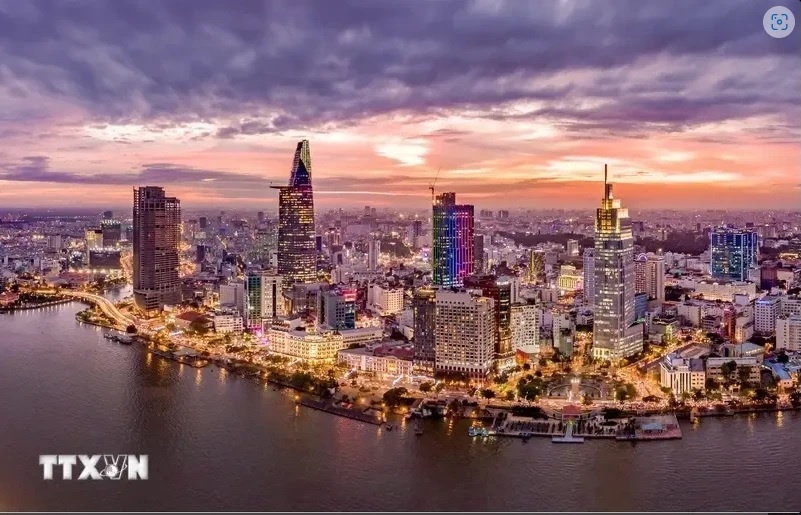

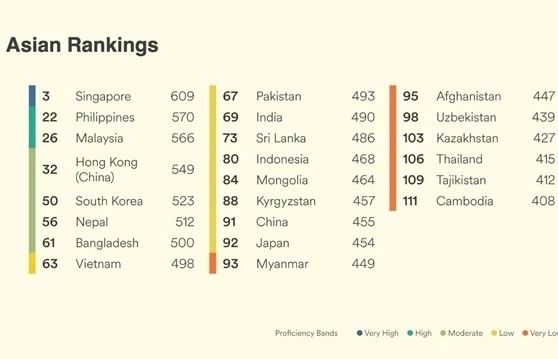
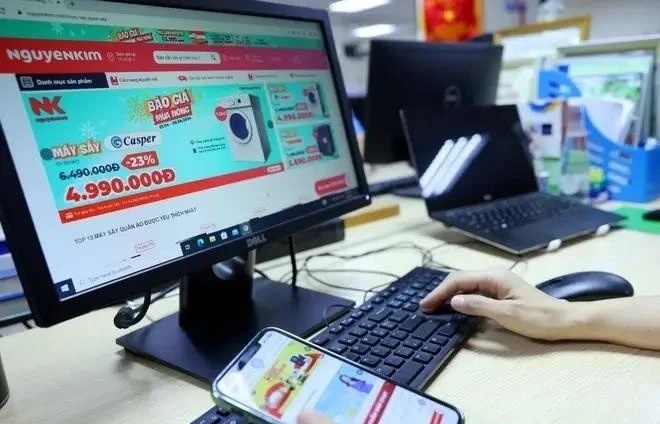
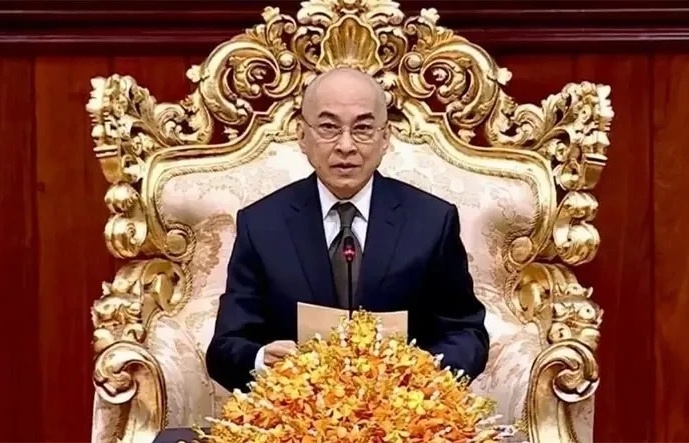

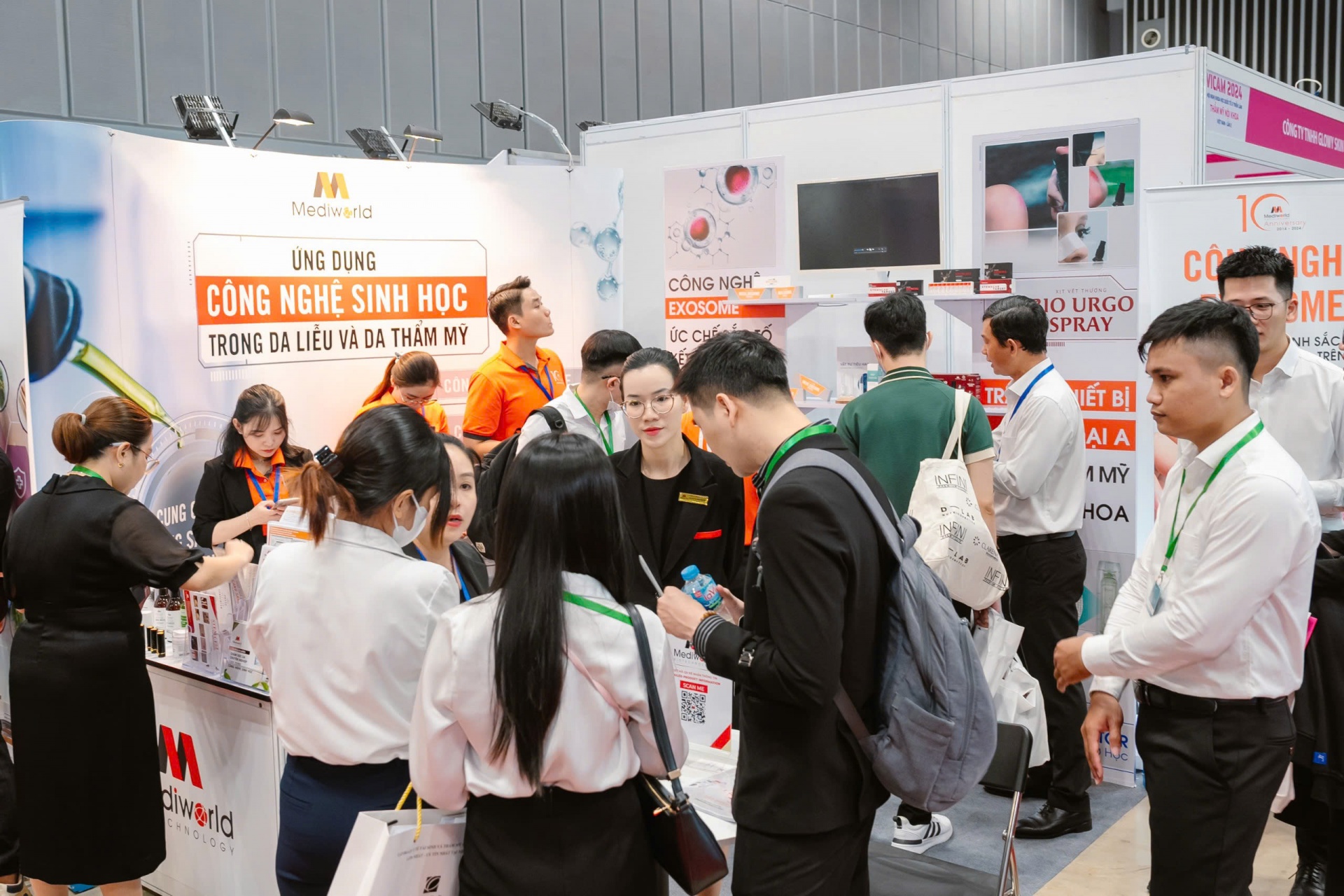
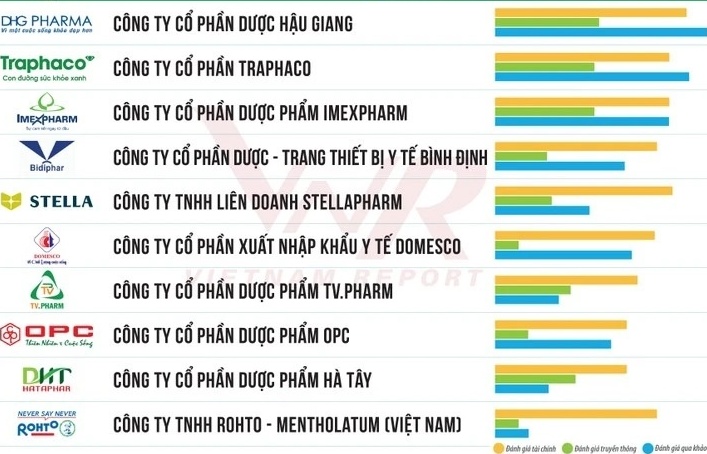

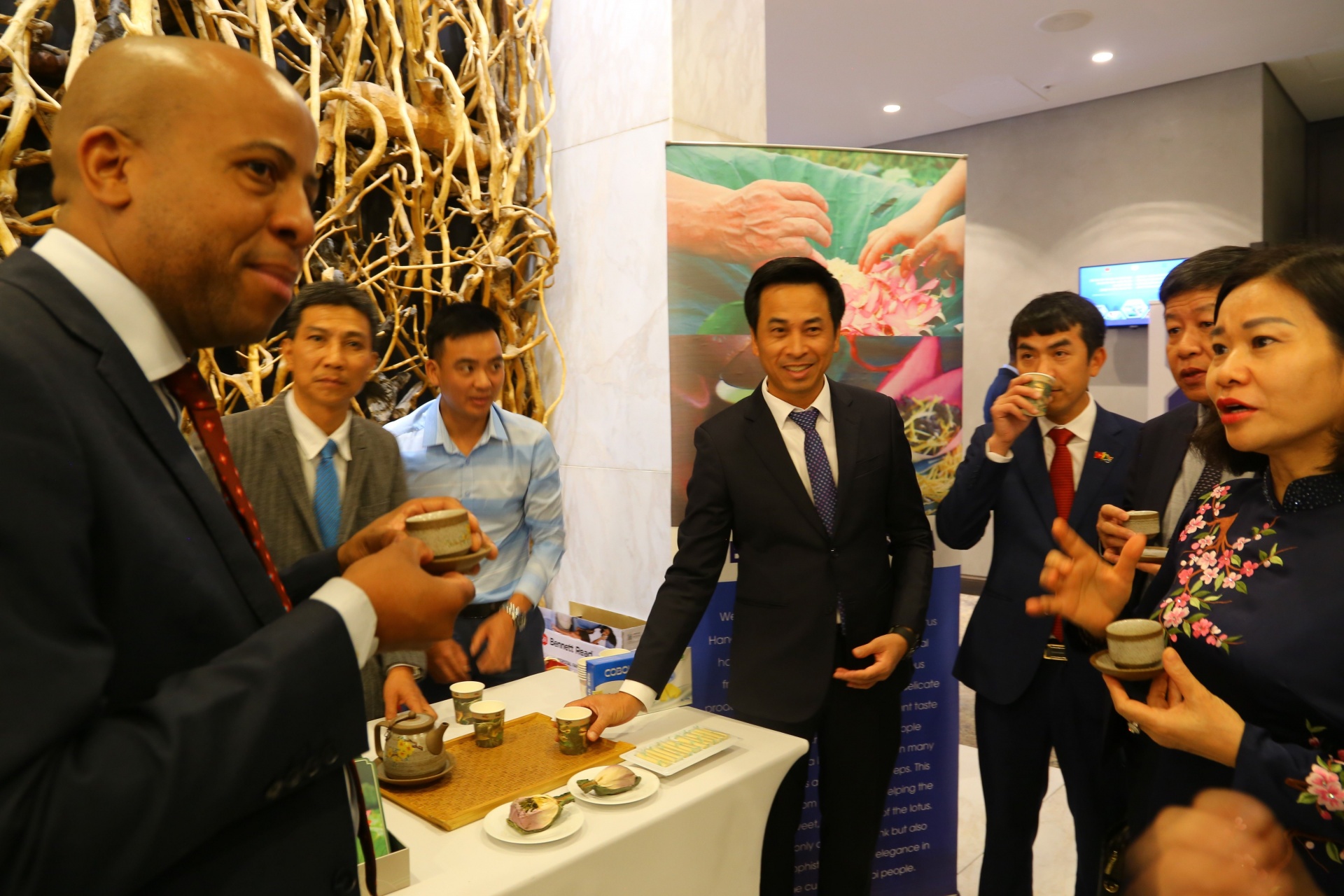
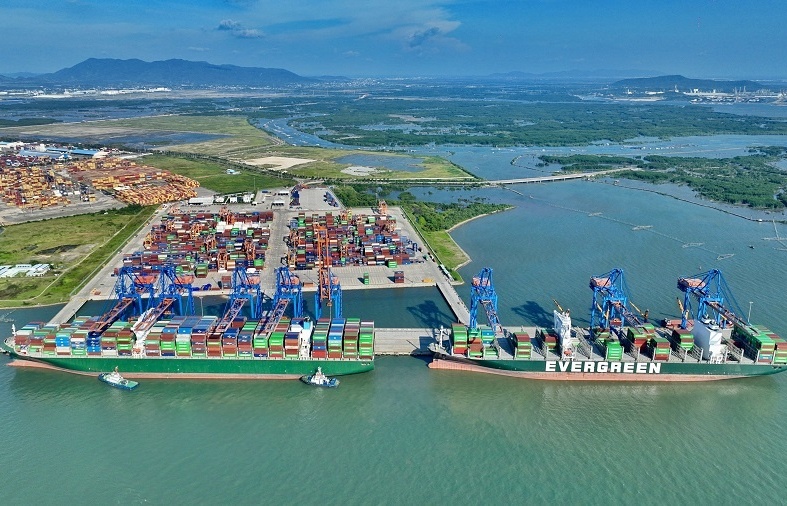




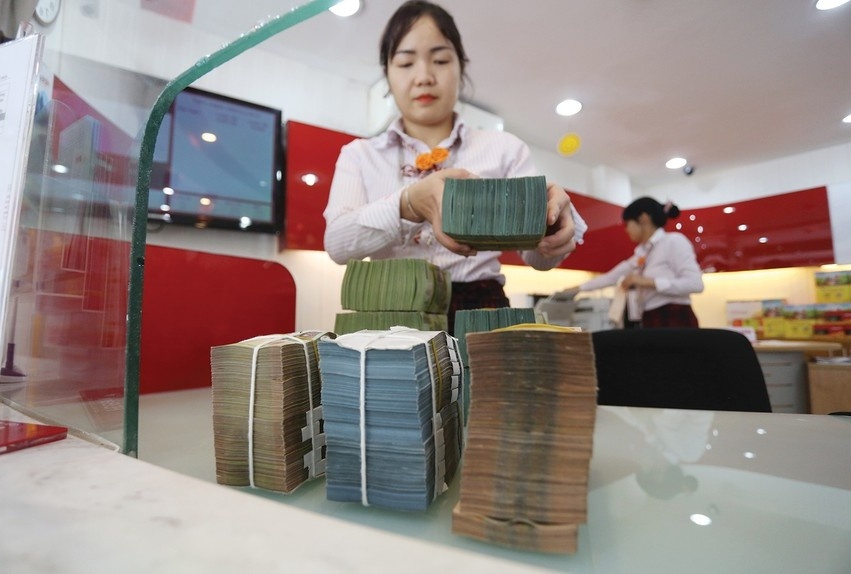
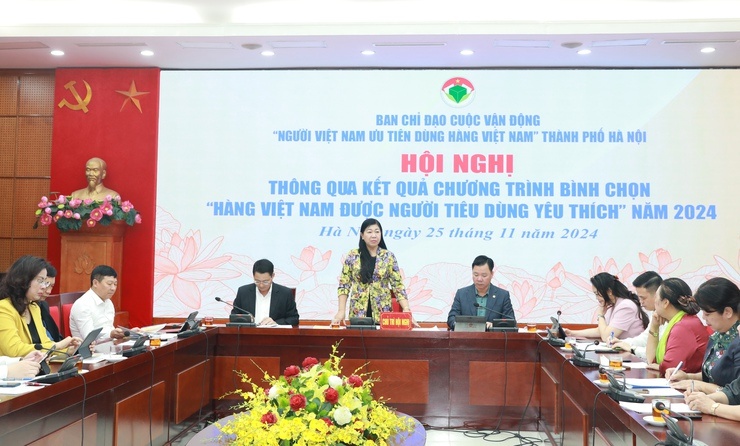
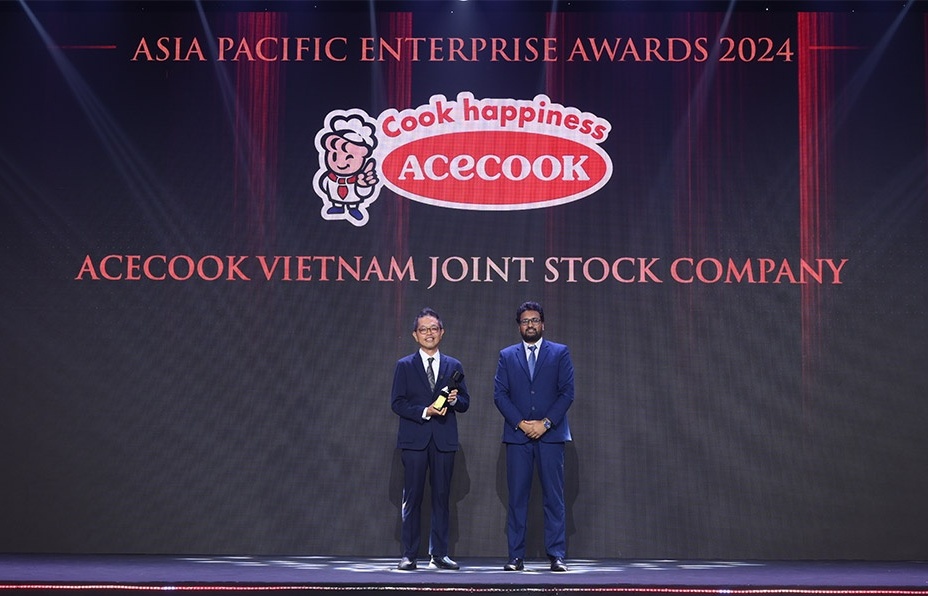
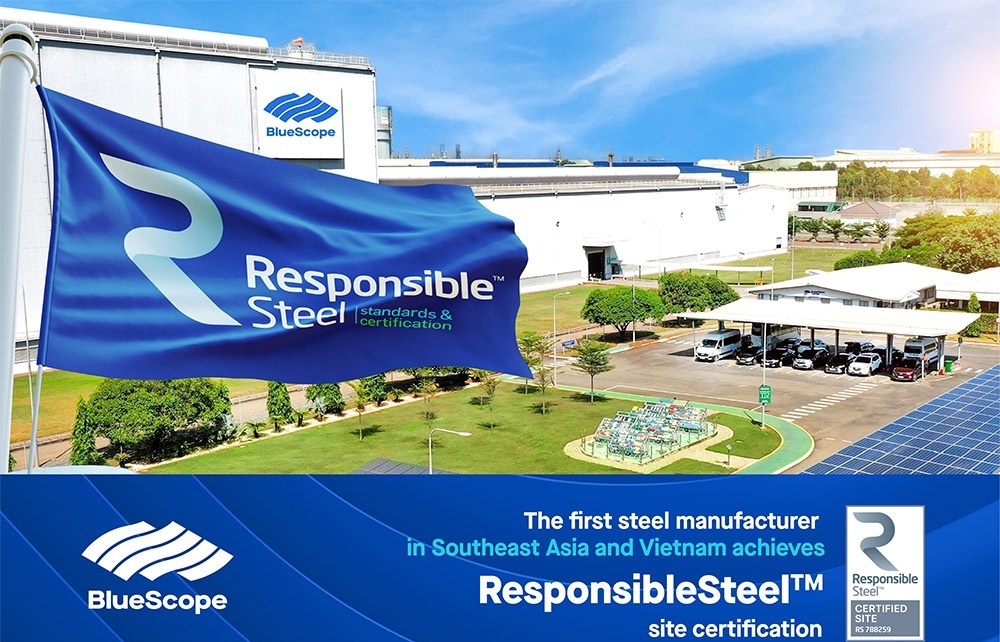



 Mobile Version
Mobile Version